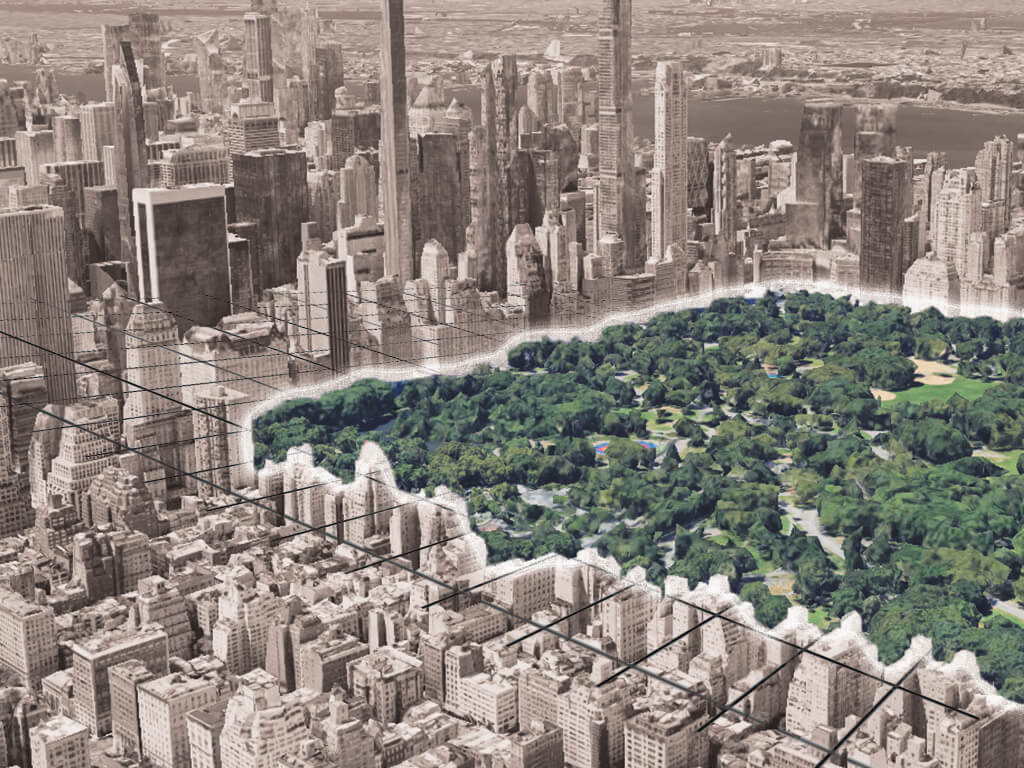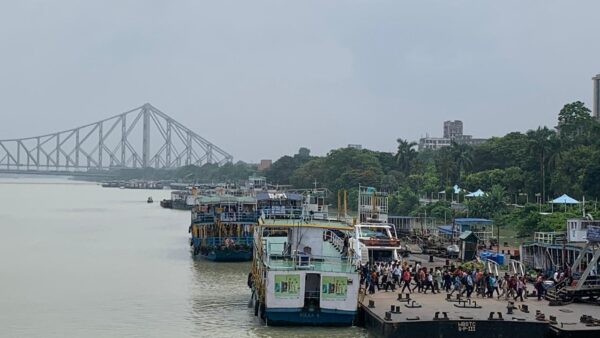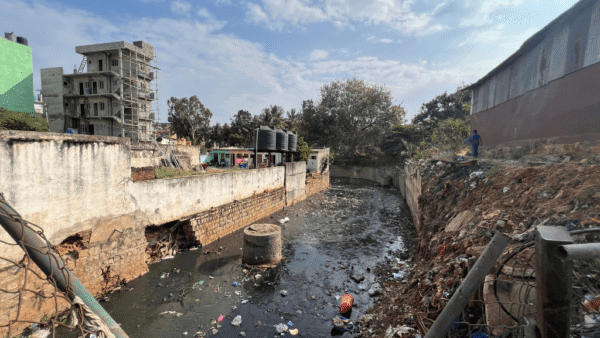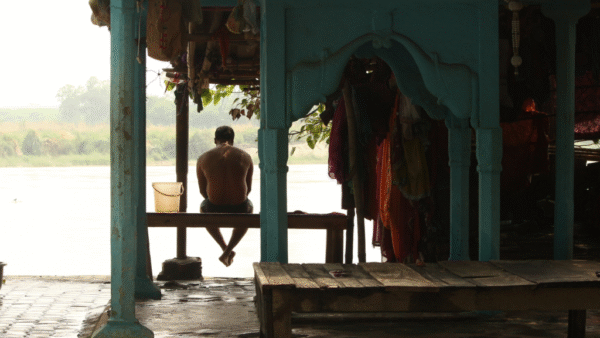As India’s cities expand and become home to more and more people, the urban environment becomes more important than ever. The urban environment can be natural such as hills, forests and water bodies or built environment which comprises buildings, transport infrastructure, amenities like hospitals, schools, parks and more. These are the spaces that people interact with and use every day, their form and shape determine the quality of life in cities.
When urban development, largely understood to mean construction and built environment, gathers pace to accommodate more people and commerce, one of the first casualties is the open spaces. It becomes easy to “let go” of open spaces to build yet another housing complex or commercial centre or a transport node. In Development Plans, open spaces are often termed as no-development zones which suggests that there is no ‘development’ at the time but implying construction in the future. Planners, policy makers, even urban activists rarely make space for the ecological aspects of open spaces in their work.
Open spaces are an integral part of the urban environment and experience – for obvious social and economic purposes, for physical and mental well-being of people, and, equally for the ecological health of the city itself.
The relationship between open spaces and ecology has become even more significant in the time of climate change, given the many functions that these spaces perform. Often relegated to the footnotes of planning documents, this relationship is now gaining prominence as climate-related or climate-induced events are on the rise, claiming lives and destroying property in cities.
Most Indian cities do not meet the World Health Organization’s (WHO) recommended measure for open spaces, which is 9 square metres per person as necessary for a good quality of life. Open spaces could be urban forests, hills, lakes, rivers and river banks, tanks and other water bodies, sea shores, beaches and creeks in coastal cities, maidans which offer flexible use, gardens, parks and more. It is increasingly common to see public open spaces in the form of fenced manicured lawns, with an entry fee.
The social significance is rightly articulated but the ecological functions need to be detailed too. It is certain that open spaces serve as temperature influencers, water holders, air purifiers, biodiversity hubs on a day-to-day basis. In emergencies and natural disasters, they serve as refuge areas for recovering people.[1]
Reduce urban heat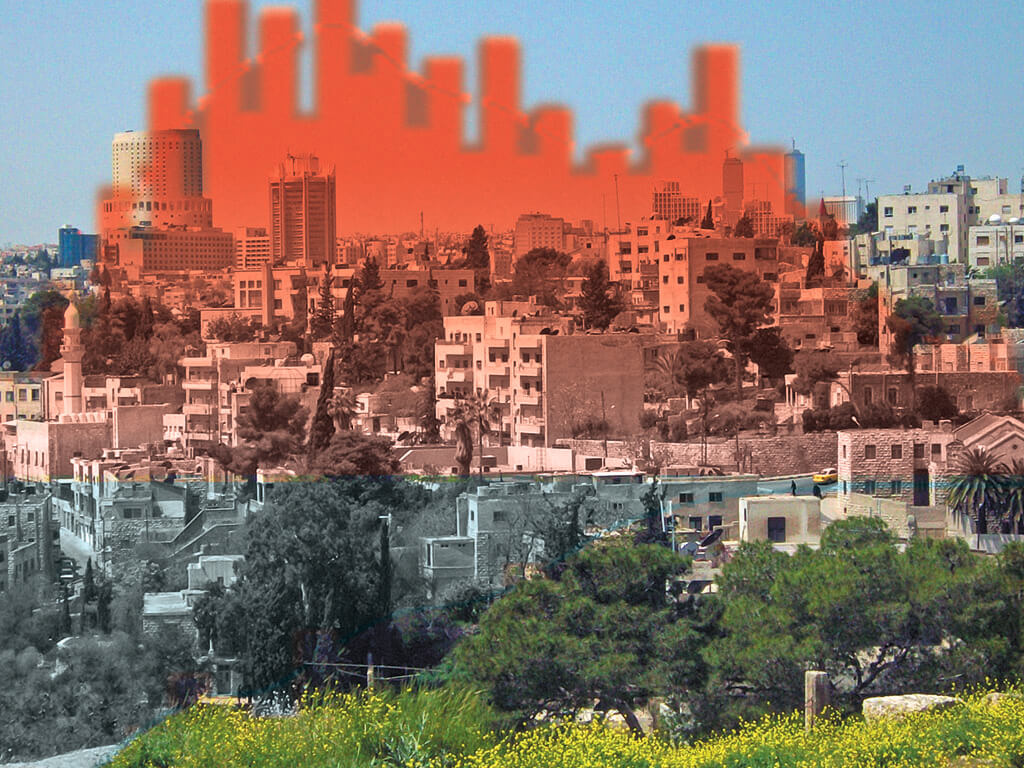
The presence of green open spaces in a dense city has a key role to play in the urban micro-climate[2] Our cities are visibly denser now, with its fallout being the Urban Heat Island (UHI) effect in which certain areas of a city show higher air temperatures when compared to less densely built areas or rural areas around them.[3] The UHI is commonly attributed to the surface radiation of materials used in construction, like concrete and asphalt, which absorb and retain heat. Open green spaces with abundant tree covers help to mitigate this.
The spatial configuration of open spaces, when combined with different vegetation types, can strongly influence these temperatures.[4] Many studies confirm that urban green spaces like forests, parks, roadside green patches and other planted areas “can effectively reduce ambient air and surface temperatures”, providing an “urban cool island effect primarily through evapotranspiration and shading”.[5]
Ahmedabad’s Heat Action Plan, the first city to have such a plan in 2010, recommended many initiatives including the ‘cool roof’ to reduce ambient temperatures especially in poorer neighbourhoods. The ‘cool roof’ has since become popular but less known is that the plan included trees and plants as a measure against heat stress.[6] Trees and plants need open spaces to perform their functions.
Findings from Europe[7] also point to the observation that a minimum 16 percent increase in tree cover leads to a decline of at least 1 degree Celsius in urban temperature and that “a rapid implementation of Green Infrastructure is a compelling strategy to guarantee a sustainable living condition and well-being” for people in cities. Tried-and-tested strategies in most international cities and recommended by the United Nations include greening the cities which implicitly call for open spaces.[8]
Flood buffer and refuge
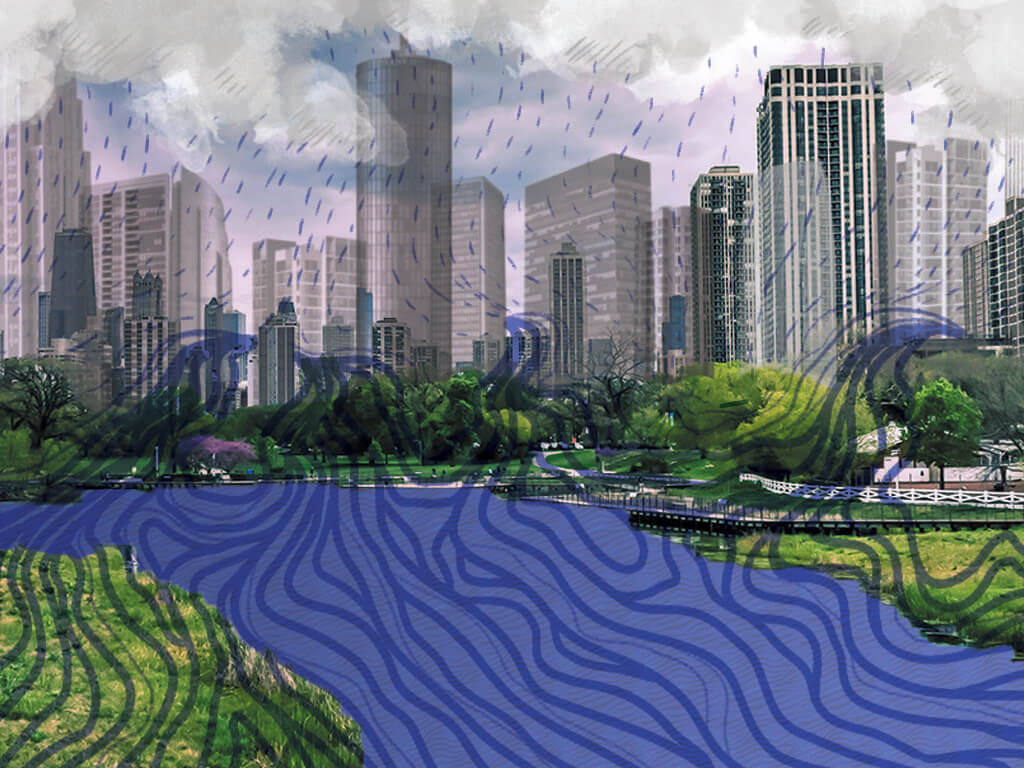
Floods are frequent natural disasters, their frequency and intensity increasing with climate change, and disproportionately affecting vulnerable groups in cities.[9] The benefits of accessible open spaces are two-fold: they serve as holding ponds for the excess water and as refuge areas for people. This paper[10] found that open spaces are “most effective in reducing the adverse impacts of floods.” At the neighbourhood level, open spaces are the first available and accessible spaces for climate refugees to recover physically and mentally, while rebuilding their homes and lives.
This study[11] from British Columbia, among others, showed that urban trees reduce stormwater runoff and rainfall intensity. Trees as a form of ‘green infrastructure’ reduce the amount of precipitation reaching the ground by intercepting rainfall[12] The role of open spaces in preventing floods is due to their ability to hold water – “a one-acre wetland can typically store about three-acre feet of water, or one million gallons (EPA 2006)”. In open spaces with trees, root networks holding soil together slow down water-runoff, prevent soil erosion and can serve as ponds during periods of excessive rainfall.
Safe space in natural disasters
Urban design, when used on open spaces, gives importance to the aesthetics but these spaces perform safety functions during and after natural calamities. This must reflect in planning.
During an earthquake, a flood or fire outbreak, open spaces serve as rescue and recovery sites. For example, the Kathmandu earthquake study highlighted the lack of open spaces for temporary settlement of the affected and displaced people.[13] Studies on this aspect of open spaces have multiplied over the years; this San Francisco study[14] showed that after a major earthquake, “open spaces within the city act as a ‘second city’ for simple to complex services such as gathering, building shelters, distribution of goods and service, temporary inhabitation, and commemoration”.
Urban planning and design, while seeking to build urban resilience, must see that public open spaces have the potential to contribute multi-scale within the city to solve the current and future problems. However, as this study showed,[15] the “potential of public open spaces has not been fully recognised in enhancing cities’ resilience to disasters.”
Support trees, reduce air pollution

As dusty, smoggy and unbreathable cities become our reality – recognising the role of open spaces in dense cities is crucial. Green open spaces with a wide variety of foliage are the lungs of cities and “carbon stock reservoirs”[16] Extensive research study carried out across 10 global megacities, including Mumbai, studies the projected contribution to ecosystem services of urban trees in these areas. The benefit value from urban trees in all locations estimated as $482 million a year due to reduction in carbon dioxide, nitrogen dioxide, sulphur dioxide, PM10 and PM2.5, among other pollutants.[17] There is plenty of evidence[18] to show that urban trees play an essential role to cleanse airborne particulate pollution.
A study[19] in Rio de Janeiro, Brazil, found that a “low percentage of vegetation causes a rise in temperature and a greater amount of Particulate Matter suspended in the atmosphere”. It also established a connection between areas with less green space, Particulate Matter and hospitalisation for cardiovascular and respiratory diseases.
Evidence from a study[20] in China also reinforces this important connection. Results show that “increased greenspace significantly decreases the PM2.5 concentration and other air pollutants,” suggesting that increasing greenspace is “an economical and effective way to achieve co-management of multiple air pollutants.”
Ahmedabad, one of India’s cities beset by air pollution is studying[21] how the number and type of vegetation can impact pollution. Jakarta, where coal burning leads to air pollution, plans to add 800 open spaces[22] while Barcelona plans to increase the number of ‘green zones’ to address air pollution woes.[23]
Protect biodiversity
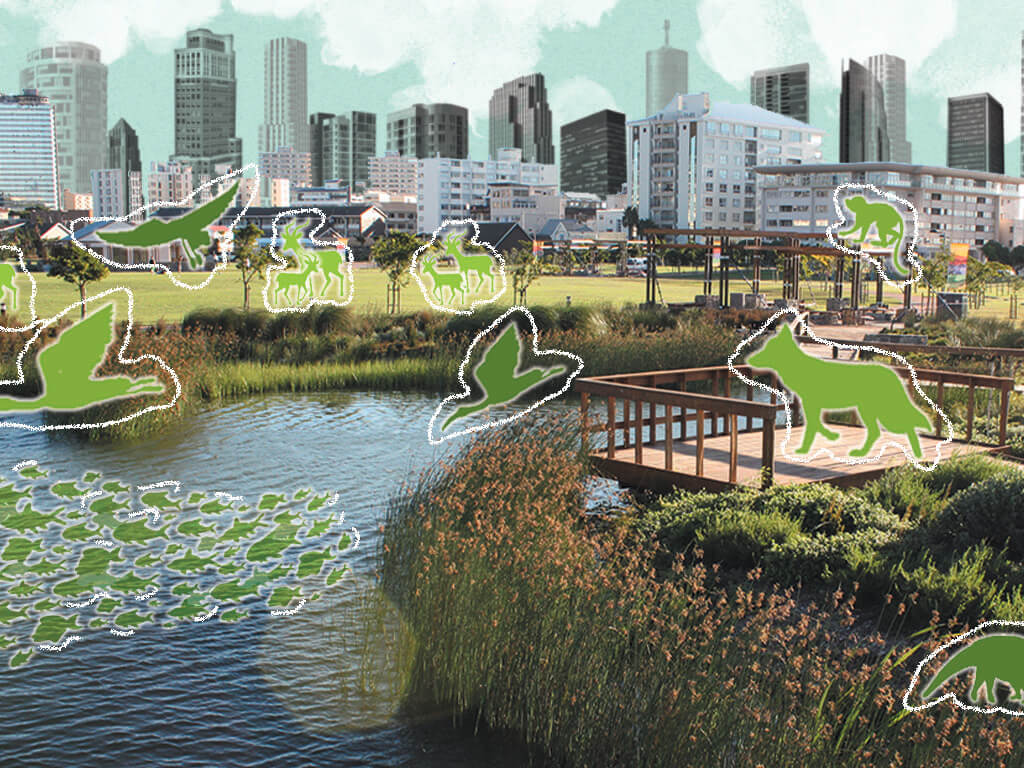
Although the importance of nature and its ecosystems can be discerned in tangible studies, there are intangible aspects such as hearing bird sounds, walking on grass, and so on. Hearing birds for merely six minutes has the potential to reduce feelings of anxiety, depression and paranoia in healthy participants[24] Smells experienced in nature “evoke positive physical, emotional and global wellbeing, which could result in quantifiable improvements to people’s health and wellbeing.”[25] Touching plant foliage and grass fosters a sense of connection to nature amid increasingly urbanised cities, promoting relaxation and overall well-being.[26] None of this is possible without abundant open spaces in cities.
The WHO states[27] that “human health ultimately depends upon ecosystem products and services (such as availability of fresh water, food and fuel sources) which are requisite for good human health and productive livelihoods.” Mumbai’s Climate Action Plan also highlights the importance of having access to urban green spaces, and “ensuring an equitable distribution of open spaces, increasing the per capita open space to six square metres by 2040, and restoring, maintaining and enhancing the city’s biodiversity and ecosystem.”
Urban biodiversity is an indicator of the ecological health of an area, housing varieties of flora and fauna species.[28] The UN estimates the extinction of about one million animal and plant species due to human activities, but some cities are taking charge of protecting urban biodiversity.[29] Singapore’s urban greening programs have led to an increase in green spaces from 36 to 47 percent of its total area between 1970 and 2020. Authorities in the Dutch city of Eindhoven encourage citizens not to clear away fallen leaves because they protect insect life. The World Economic Forum, which recognised biodiversity loss as an outcome of climate change,[30] encourages “nature-positive investments” in cities, though its perspective continues to be an economic profit-loss one.[31]
Social and mental health
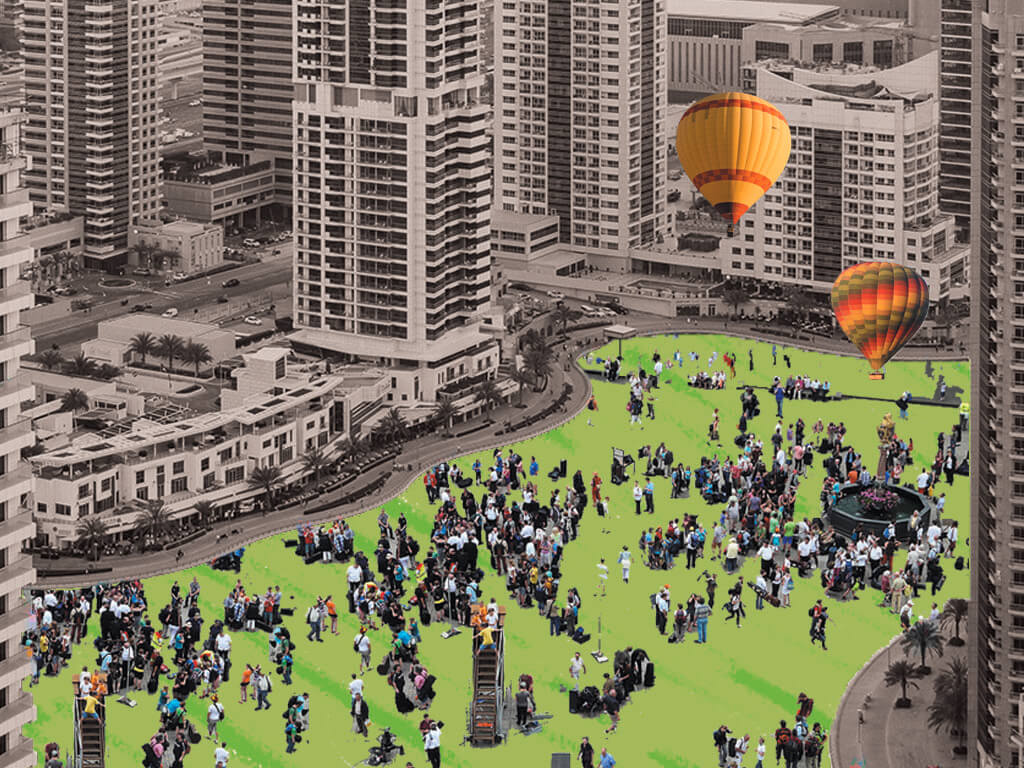
Is there a way to measure how people’s happiness and mental well-being is connected to green open spaces? This area of study is fast becoming popular but the connection between accessible open spaces and positive healing is an established one. The presence of green open spaces provides more opportunities for social interactions, thus bettering the social health of anyone living in a city. Neighbourhood social connections are made stronger through community spaces, as this research[32] showed.
A study of global cities[33] also found that “the amount of urban open green space and GDP are correlated with a nation’s happiness level.” Summarising various works on the connection, this paper.[34] concludes the influence of social relationships on health outcomes, attributing them to a “positive relation between green space and health”.
Cities like Barcelona have undertaken neighbourhood-level experiments on this front taming traffic and creating a cluster of greener open streets.[35] A survey of such areas reported better rest, increased socialisation and less perceived noise and air pollution. A study by the Barcelona Institute for Global Health found that the implementation of the Green Axis project[36] could prevent 14 percent of poor mental health cases, reduce visits to mental health specialists by 13 percent, cut antidepressant use by 13 percent and sedative use by 8 percent each year.
If open spaces in cities need arguments, there are many ecological ones. It is up to planners and policy makers to pay attention.
Shivani Dave is an architect, writer and illustrator interested in exploring the intersection of architecture and social sciences. After graduating in architecture from Mumbai, and in media from the London School of Journalism, she is applying the fundamentals of architectural research and writing within urban contexts to develop phenomenological ideas about life in cities. She researches, writes and illustrates in Question of Cities.

